Arash Khodadadi
Fast Context-Annotated Classification of Different Types of Web Service Descriptions
May 31, 2018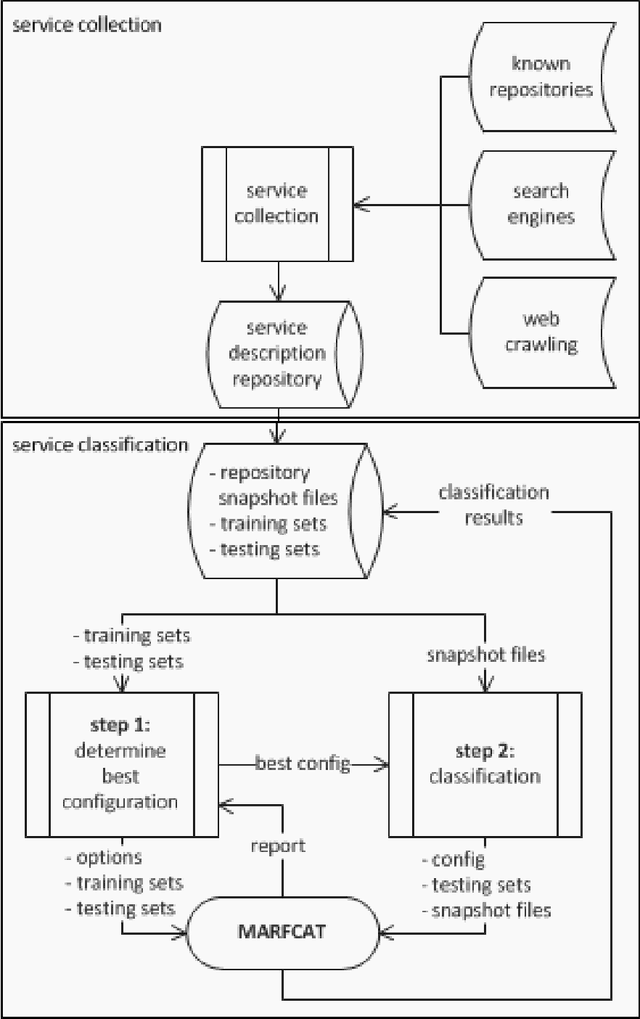

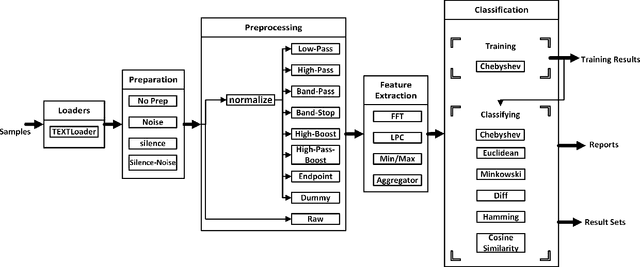

Abstract:In the recent rapid growth of web services, IoT, and cloud computing, many web services and APIs appeared on the web. With the failure of global UDDI registries, different service repositories started to appear, trying to list and categorize various types of web services for client applications' discover and use. In order to increase the effectiveness and speed up the task of finding compatible Web Services in the brokerage when performing service composition or suggesting Web Services to the requests, high-level functionality of the service needs to be determined. Due to the lack of structured support for specifying such functionality, classification of services into a set of abstract categories is necessary. We employ a wide range of Machine Learning and Signal Processing algorithms and techniques in order to find the highest precision achievable in the scope of this article for the fast classification of three type of service descriptions: WSDL, REST, and WADL. In addition, we complement our approach by showing the importance and effect of contextual information on the classification of the service descriptions and show that it improves the accuracy in 5 different categories of services.
Modeling trend in temperature volatility using generalized LASSO
May 18, 2018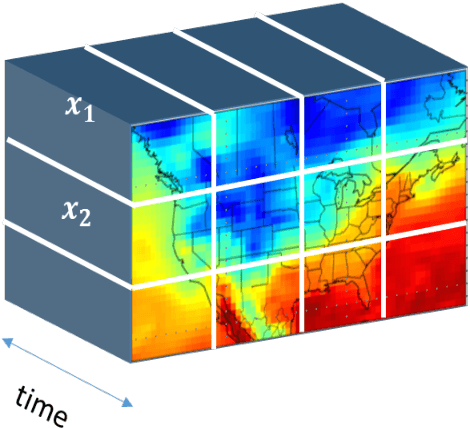
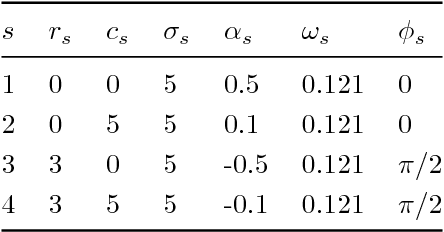

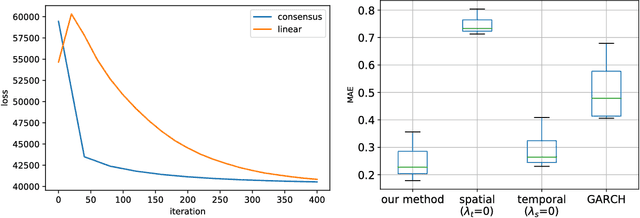
Abstract:In this paper, we present methodology for estimating trends in spatio-temporal volatility. We give two algorithms for computing our estimator which are tailored for dense, gridded observations over both space and time, though these can be easily extended to other structures (time-varying network flows, neuroimaging). We motivate our methodology by applying it to a massive climate dataset and discuss the implications for climate analysis.
The detour problem in a stochastic environment: Tolman revisited
Sep 27, 2017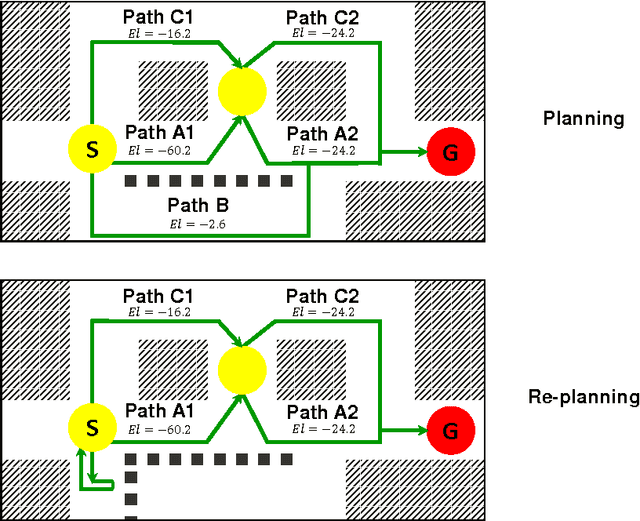
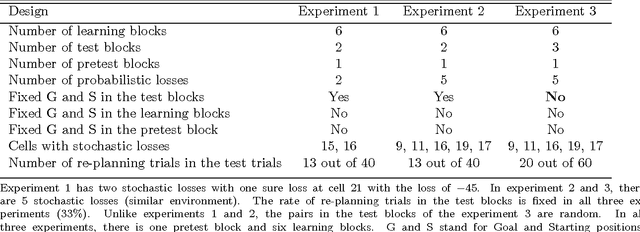
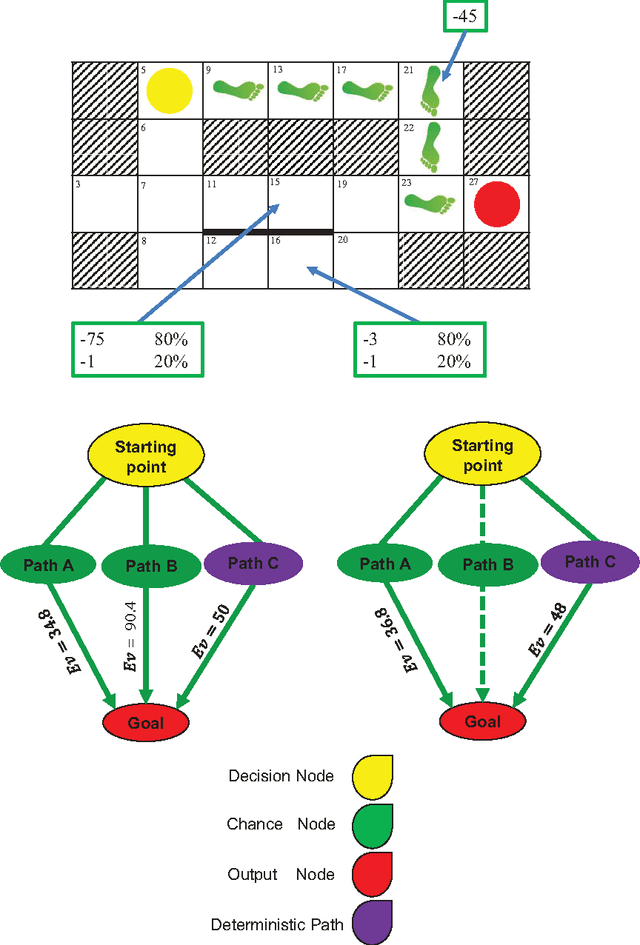
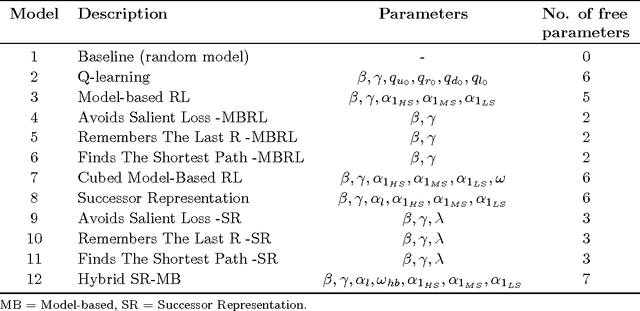
Abstract:We designed a grid world task to study human planning and re-planning behavior in an unknown stochastic environment. In our grid world, participants were asked to travel from a random starting point to a random goal position while maximizing their reward. Because they were not familiar with the environment, they needed to learn its characteristics from experience to plan optimally. Later in the task, we randomly blocked the optimal path to investigate whether and how people adjust their original plans to find a detour. To this end, we developed and compared 12 different models. These models were different on how they learned and represented the environment and how they planned to catch the goal. The majority of our participants were able to plan optimally. We also showed that people were capable of revising their plans when an unexpected event occurred. The result from the model comparison showed that the model-based reinforcement learning approach provided the best account for the data and outperformed heuristics in explaining the behavioral data in the re-planning trials.
 Add to Chrome
Add to Chrome Add to Firefox
Add to Firefox Add to Edge
Add to Edge